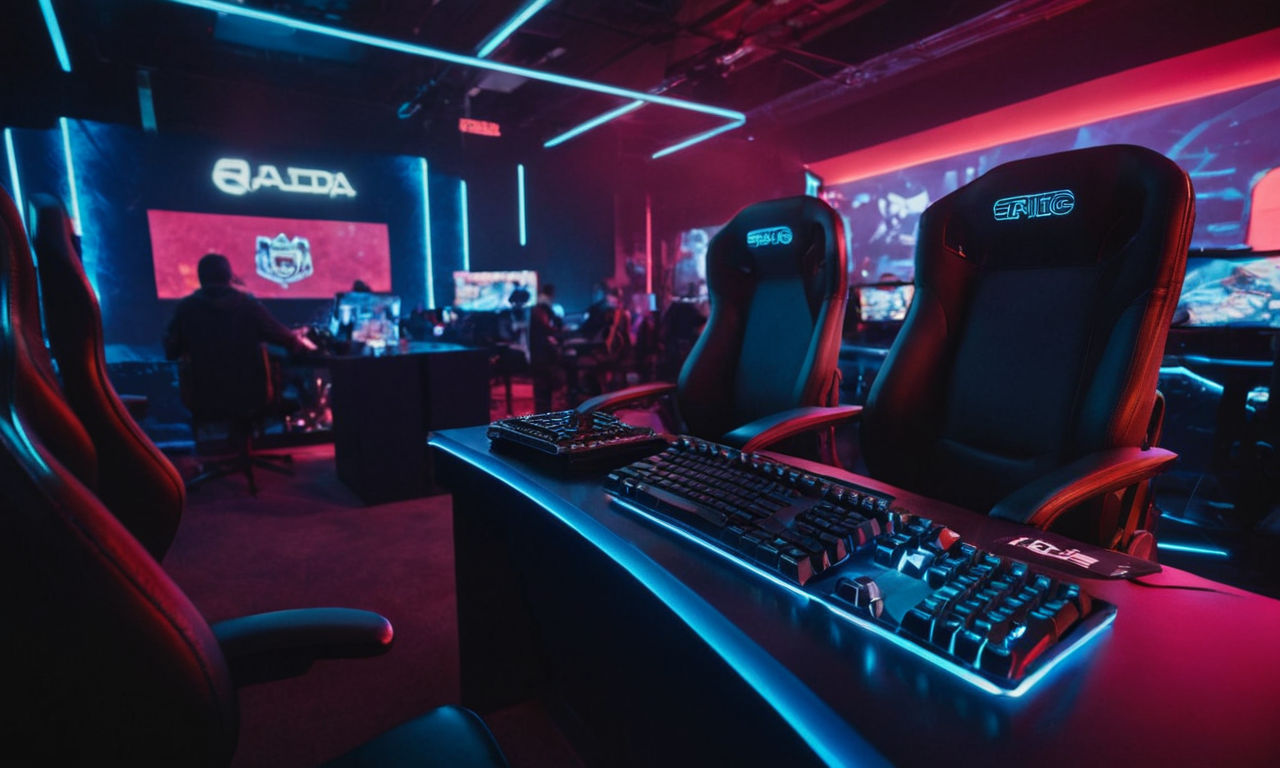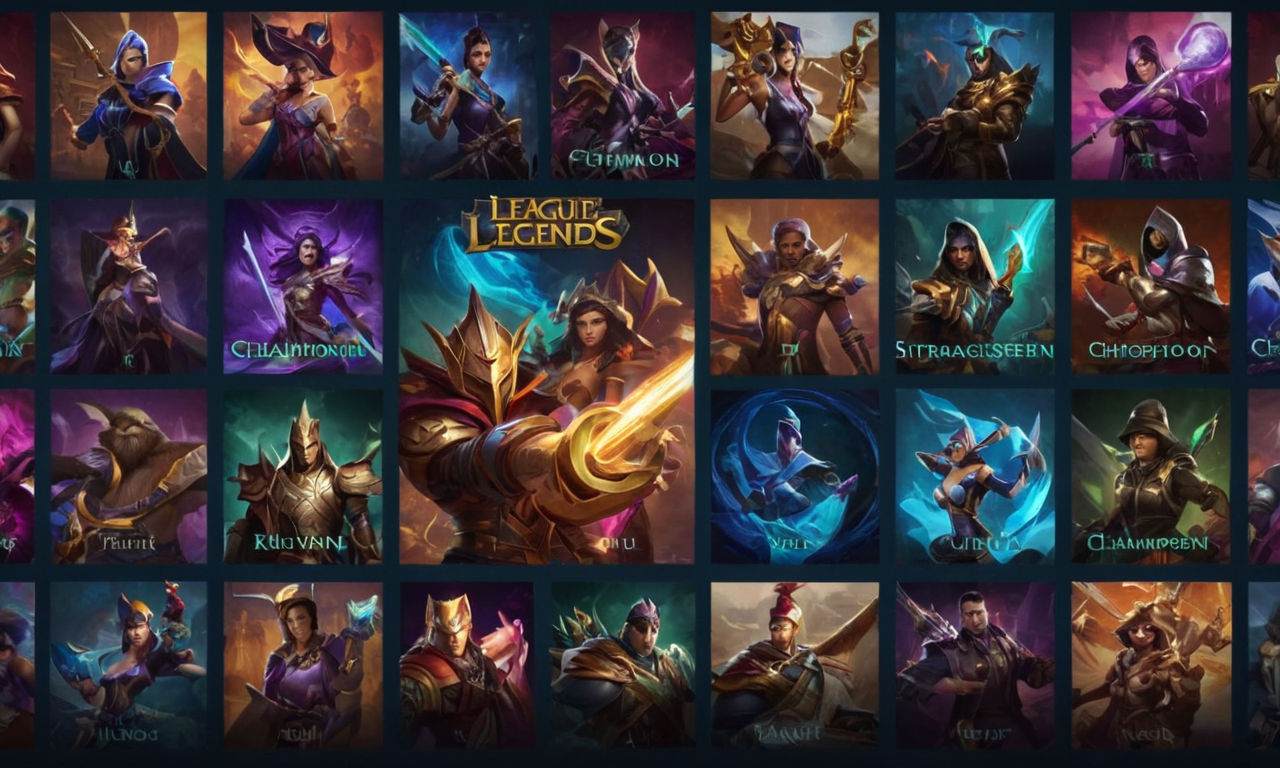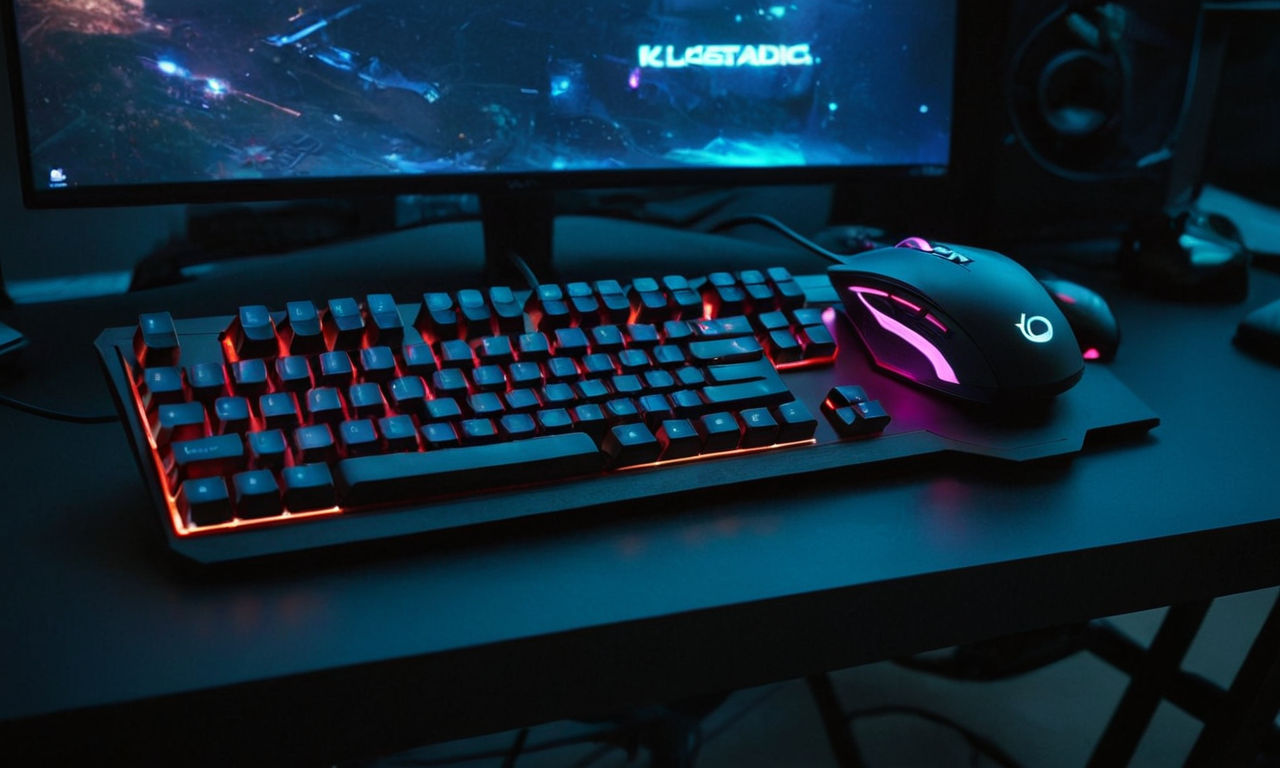Introduction
In the fast-paced world of competitive gaming, understanding the intricacies of KDA (Kill/Death/Assist ratio) holds paramount importance for players striving to enhance their performance. A player's KDA in League of Legends serves as a key indicator of their effectiveness on the virtual battlefield. This blog aims to illuminate the concept of KDA, focusing on what defines a good KDA score in the realm of competitive gaming. By exploring the nuances of KDA, gamers can gain valuable insights into maximizing their impact on the Fields of Justice.
What is KDA in League of Legends?
KDA, standing for Kill/Death/Assist ratio, is a fundamental statistic that encapsulates a player's performance in League of Legends matches. This metric plays a pivotal role in evaluating an individual's contributions to the team's success. Calculated by summing a player's kills and assists and dividing them by the number of deaths, KDA offers a quantifiable measure of a player's effectiveness during gameplay. An impressive KDA not only reflects a player's skill in eliminating opponents but also underscores their ability to collaborate and provide crucial assistance to teammates.
Factors Influencing KDA
Impact of Kills, Deaths, and Assists: The core components of KDA—kills, deaths, and assists—significantly impact a player's overall performance. While securing kills boosts KDA, unnecessary deaths can lower this ratio. Strategic assists play a pivotal role in augmenting both individual and team KDA, fostering a culture of cooperation and mutual success.
Effective Teamwork: Collaboration and synergy among team members are instrumental in maintaining a high KDA. Engaging in coordinated team fights, executing well-timed ganks, and rallying together for objectives are all integral to enhancing KDA scores collectively. By prioritizing teamwork, players can elevate their KDA and contribute meaningfully to their team's victories.
Importance of Positioning and Map Awareness: Skillful positioning and acute map awareness are indispensable in preserving a favorable KDA. By positioning themselves strategically during engagements and staying vigilant about enemy movements on the map, players can minimize unnecessary deaths and maximize their impact through kills and assists. Furthermore, heightened map awareness empowers players to make informed decisions that safeguard their KDA while capitalizing on opportunities for game-changing plays.

In essence, mastering the art of KDA in League of Legends demands a multifaceted approach encompassing precision in combat, adept teamwork, and acute game sense. By honing these key skills, players can elevate their KDA scores, leave a lasting impact on matches, and inch closer to competitive gaming excellence.
Interpreting KDA Scores
In the realm of competitive gaming, particularly in League of Legends, the KDA (Kill/Death/Assist) ratio serves as a critical metric to evaluate a player's performance during matches. Understanding the interpretation of different KDA ratios, including average, good, and excellent, can provide valuable insights into a player's effectiveness on the battlefield.
Average KDA: An average KDA ratio typically falls around 2.0 to 3.0, where a player achieves a balance between securing kills, minimizing deaths, and contributing assists. This indicates a decent performance level but leaves room for improvement in capitalizing on opportunities.
Good KDA: A good KDA ratio usually ranges from 3.0 to 5.0, showcasing a player's ability to excel in engagements, secure kills efficiently, and provide support through assists while maintaining a lower death count. This signifies a strong contribution to the team's success.
Excellent KDA: An excellent KDA ratio surpasses 5.0, reflecting exceptional gameplay mastery. Players with an excellent KDA demonstrate superior skill in securing kills, minimizing deaths significantly, and actively participating in team fights to secure victories.
Examining KDA scores can reveal essential insights into a player's proficiency in combat engagement, strategic decision-making, and overall game impact. A high KDA often correlates with effective teamwork, strategic positioning, keen map awareness, and the ability to capitalize on opportunities swiftly.
Strategies to Improve KDA

Enhancing KDA performance in League of Legends requires a strategic approach and a focus on refining gameplay mechanics. Here are some practical strategies that players can implement to boost their KDA in matches:
Effective Farming: Prioritize last-hitting minions to accumulate gold and experience efficiently, which can lead to item advantages and better combat performance.
Map Awareness: Stay vigilant about map objectives, enemy movements, and potential gank threats to avoid unnecessary deaths and capitalize on opportunities.
Positioning Skills: Master optimal positioning during team fights to maximize damage output, protect teammates, and minimize the risk of getting caught out of position.
Communication: Coordinate with teammates through effective communication, pings, and strategic planning to execute cohesive team strategies and secure kills.
Continuous Learning: Analyze gameplay replays, seek feedback from experienced players, and stay updated on meta trends to adapt and improve consistently.
Additionally, champion selection plays a pivotal role in optimizing KDA performance. Choosing champions that align with personal playstyle, synergize well with the team composition, and excel in particular roles can significantly impact KDA outcomes.
Common Mistakes Impacting KDA
In the pursuit of improving KDA scores, it is essential to address common mistakes that can hinder performance and lead to a lower KDA in League of Legends. By recognizing and rectifying these pitfalls, players can refine their gameplay strategies and elevate their KDA performance:
Overextending: Recklessly pushing beyond safe boundaries without vision or awareness can result in unnecessary deaths and feeding the enemy team.
Poor Map Awareness: Neglecting to keep track of enemy positions, jungle objectives, and vision control can leave players vulnerable to ambushes and ganks.
Lack of Objective Priority: Focusing solely on kills without prioritizing map objectives, such as towers, dragons, or barons, can diminish the overall team strategy.
Ignoring Vision Control: Neglecting to purchase wards, clear enemy wards, or maintain vision control can limit awareness and make players susceptible to ganks.
Tilting Under Pressure: Allowing emotions to affect decision-making, gameplay performance, and team coordination can lead to suboptimal outcomes and lower KDA scores.

By recognizing these common mistakes, players can proactively implement strategies to avoid them, enhance their KDA performance, and contribute more effectively to their team's success on the Fields of Justice in League of Legends.
KDA in Competitive Gaming Analysis
In the realm of competitive gaming, the KDA (Kill/Death/Assist) ratio is a vital statistic that goes beyond mere numbers, offering valuable insights into a player's performance and impact on the game. Understanding the significance of KDA can profoundly influence team strategies, draft picks, and the overall gameplay dynamics in games like League of Legends. Let's delve deeper into the broader implications of KDA in competitive gaming analysis:
Influencing Team Strategies: KDA plays a crucial role in shaping team strategies in competitive gaming. A high KDA signifies not only individual skill but also effective teamwork and coordination. Teams often rely on players with strong KDA ratios to lead the charge, make critical plays, and secure victory. Conversely, a low KDA can indicate areas for improvement, highlighting potential weaknesses in team dynamics and communication.
Drafting Phase Considerations: The KDA of a player can heavily influence the drafting phase of a competitive match. Teams may opt for champions or heroes with high mobility and survivability to protect high KDA players or secure kills. Understanding the KDA of each team member can help in creating a well-rounded team composition that maximizes the strengths and covers the vulnerabilities of individual players.
Evaluation of Player Performance in Esports Tournaments: Esports tournaments rigorously analyze player performance, and KDA serves as a significant metric for evaluating player effectiveness. Professional esports organizations meticulously track KDA statistics to identify standout performers, potential weaknesses, and areas for improvement. Players with exceptional KDAs often stand out as key assets, attracting attention from top-tier teams and sponsors.
The Importance of KDA in Competitive Gaming
The analysis of KDA extends far beyond superficial numbers, offering deep insights into player contributions, strategic decisions, and overall team dynamics in competitive gaming. A high KDA reflects not only individual skill but also teamwork, positioning, and map awareness. By recognizing the intricate role of KDA, players can enhance their gameplay, elevate team performance, and strive for excellence on the competitive stage.
Conclusion
In conclusion, mastering the intricacies of KDA is essential for players aiming to excel in competitive gaming, particularly in titles like League of Legends. By grasping the implications of KDA on team strategies, drafting phases, and player evaluation, individuals can fine-tune their gameplay, boost their performance, and stand out in the competitive scene. Embrace the insights gained from this guide, hone your skills, and elevate your KDA performance to new heights on the Fields of Justice in League of Legends.



